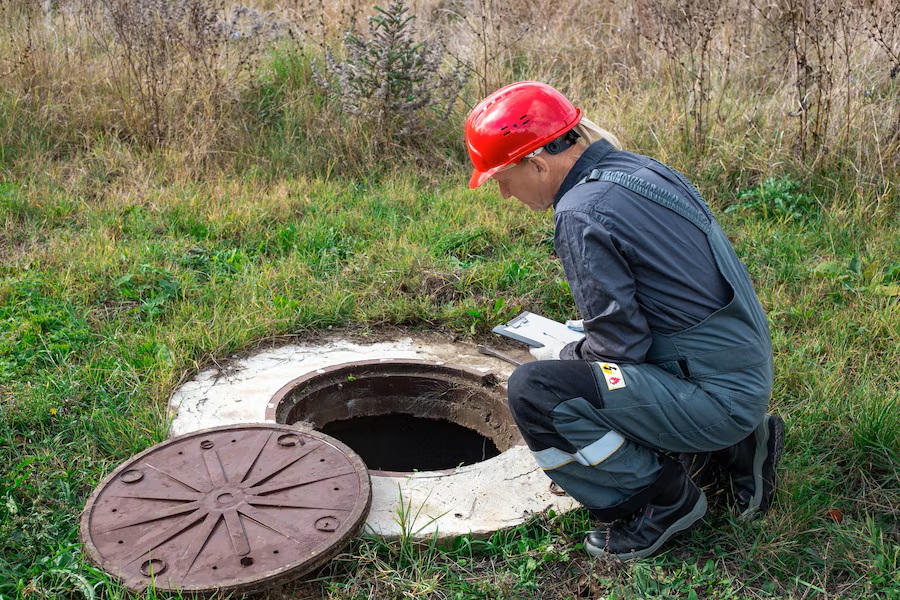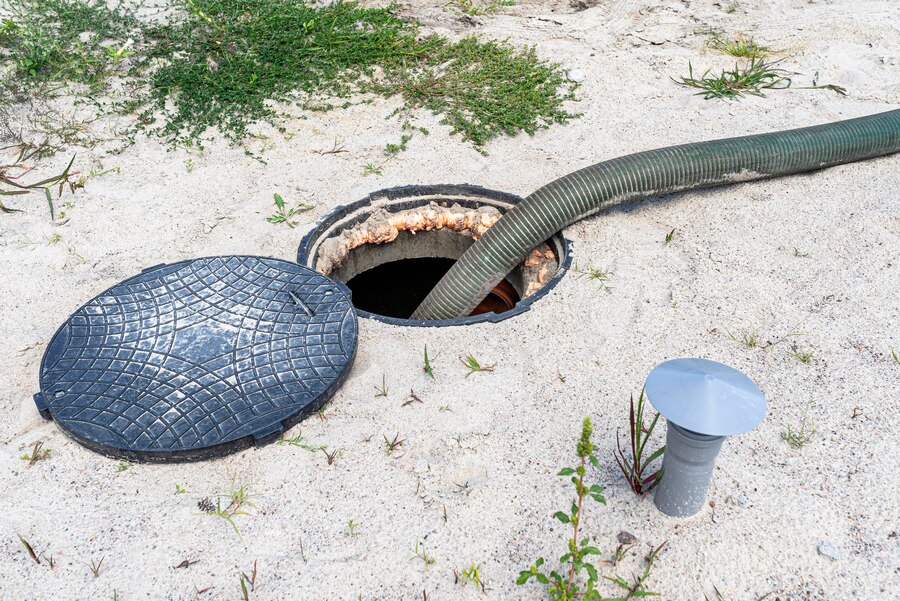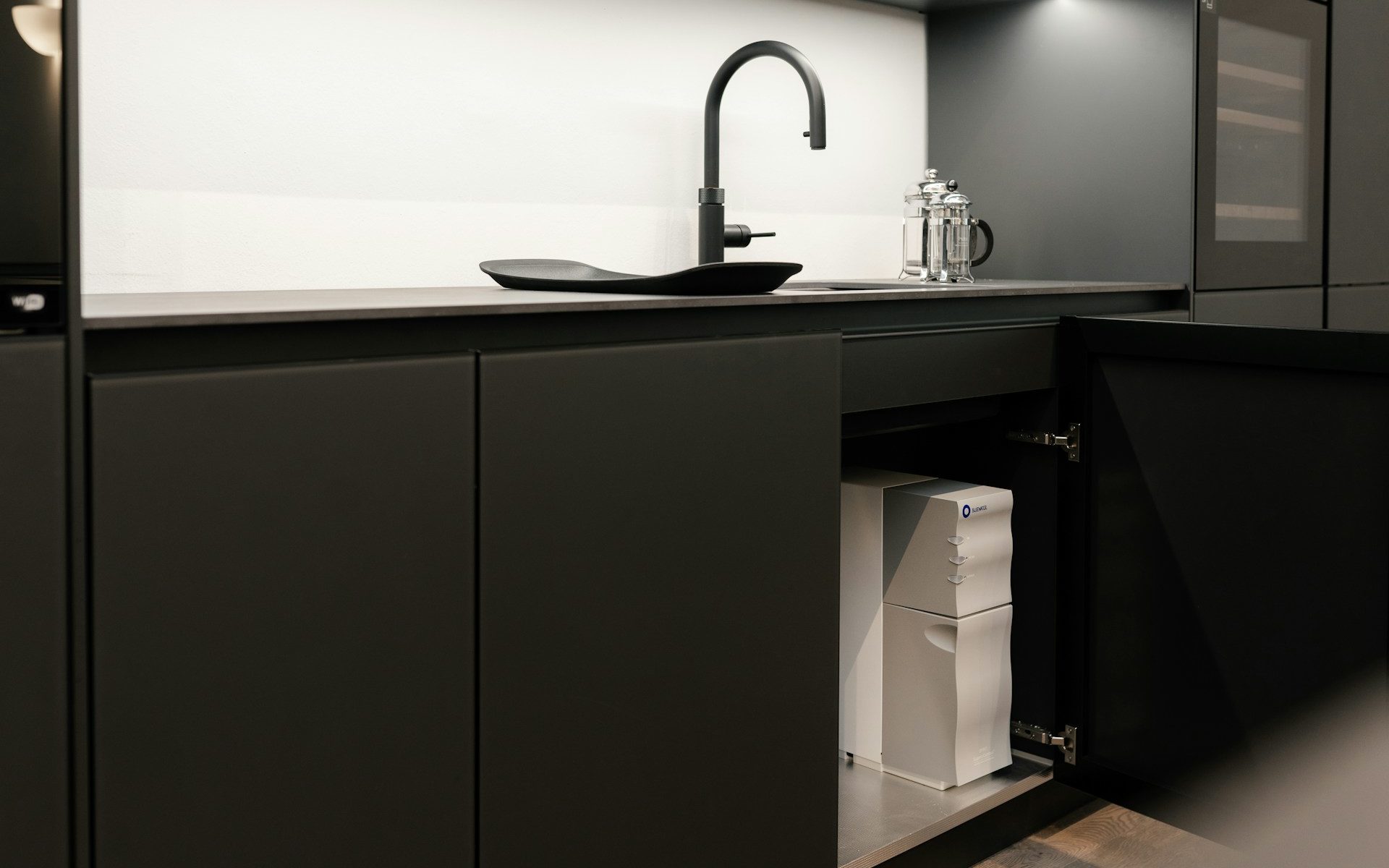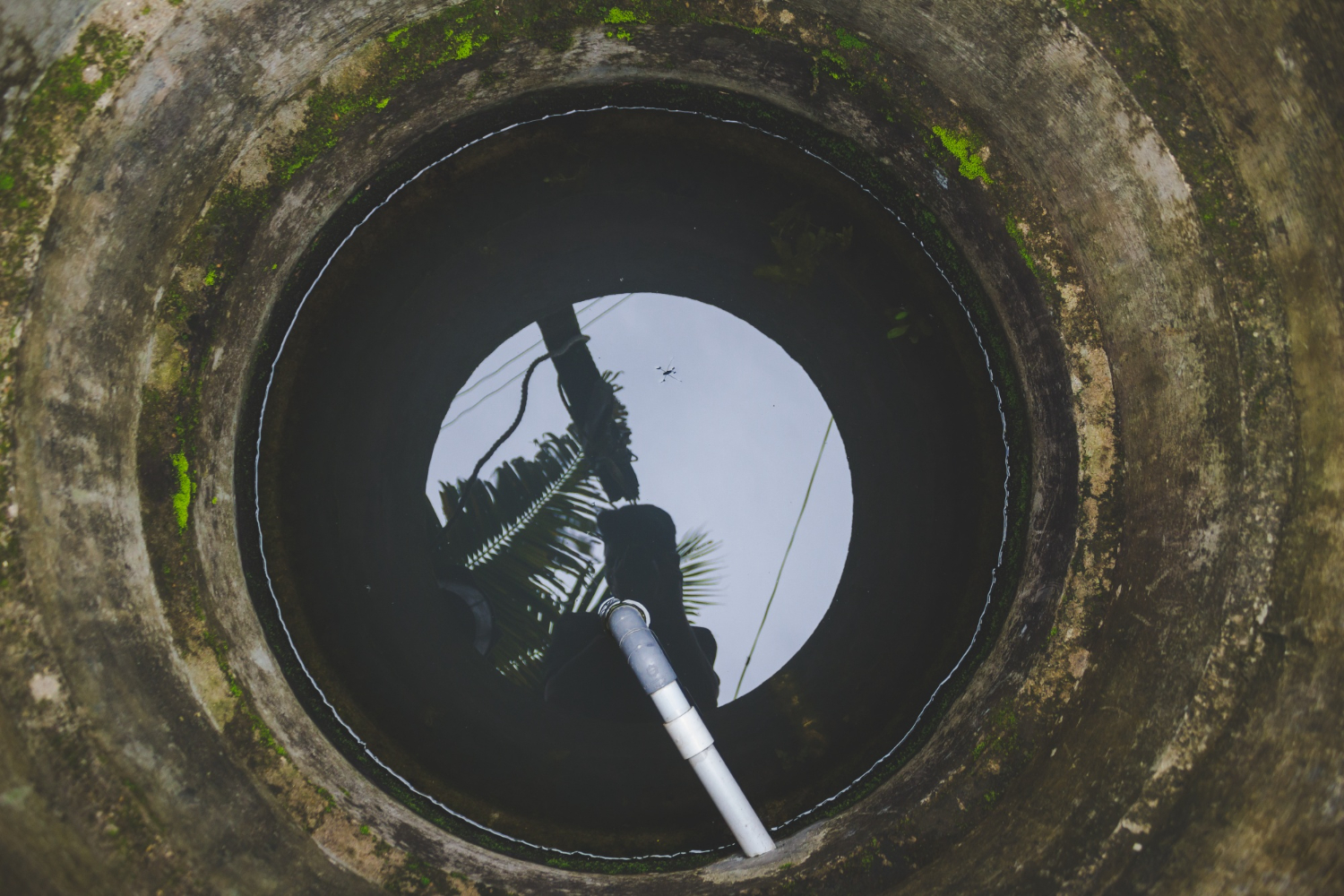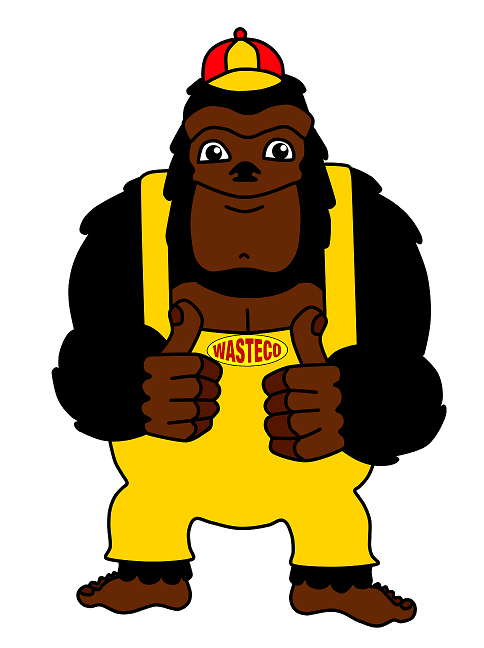Anyone who lives in Perth knows soakwells are an important part of keeping a property in good shape. These underground systems manage excess rainwater, preventing it from causing damage around your home. When soakwells are in good condition, they help channel and disperse water safely after those heavy Perth downpours. This is particularly significant in a city where rain can be heavy and sudden, making water management essential for maintaining both the aesthetics and safety of your property.
But what happens when these systems don’t work correctly? Ignoring soakwell maintenance can lead to a host of problems, including pooling water and possible damage to your home’s foundation. Addressing these issues early can save a lot of headaches down the road. Homeowners might notice these common soakwell issues and question how to solve them efficiently. Let’s take a closer look at some typical problems you might face and what can be done to repair them.
Common Soakwell Issues
It’s not uncommon for soakwells to encounter a few problems over time. Let’s explore some typical challenges you might face:
– Blockages from Debris and Soil: One of the main culprits behind soakwell problems is blockage. Leaves, sticks, and sediments can easily find their way into the soakwell system, reducing efficiency and causing water to back up. Regular clearing is essential to maintain easy flow.
– Structural Damage or Collapse: With the passage of time, the materials that form your soakwell might degrade. Structural damage can occur due to root growth or shifting soil, leading to partial or complete collapse. This can seriously affect water management on your property.
– Poor Water Drainage: Another issue could be inadequate drainage around your property, resulting in water accumulation and potential flooding. This might occur if the soakwell’s capacity doesn’t match the volume of water it’s expected to handle.
– Root Intrusion Causing Damage: Roots from nearby plants and trees can invade soakwell systems, causing blockages and physical damage. It’s important to monitor this regularly, especially if you live in an area with many trees.
Recognizing these problems early can help you tackle them effectively. Further tips and strategies will make sure your soakwell system runs without a hitch.
Detailed Solutions for Soakwell Problems
Knowing the common issues with soakwells is just the beginning. Dealing with these challenges requires a proper approach to ensure your system works well over the long term. Here are some effective solutions:
– Professional Cleaning to Remove Debris and Soil: One of the best ways to maintain your soakwell is with regular, professional cleaning. This service effectively clears out leaves, soil, and other debris, ensuring water can flow freely through the system. By contacting experts, you can have confidence that your soakwells are thoroughly cleaned without damaging the infrastructure.
– Repair or Replacement of Damaged Soakwells: If your soakwell has suffered structural damage, repairs or replacements could be necessary. An expert can assess the severity of the damage and offer the right solution, whether it’s patching up minor cracks or reinstalling a new system to better handle water loads.
– Enhancing Drainage Systems: Sometimes, improving your current drainage setup can prevent future problems. This might involve redirecting water flow or installing additional drainage channels. Such enhancements not only help in managing current water volumes but also prepare your system for future weather events.
– Addressing Root Intrusion and Preventive Measures: If roots have breached your soakwell, it’s critical to address this promptly. Specialists can remove invasive roots and provide barriers or treatments to prevent future intrusion. Keeping bushes and trees at a safe distance from soakwells can also assist in avoiding this problem.
These solutions not only tackle existing issues but can significantly boost the longevity and efficiency of your water management system.
Maintenance Tips to Prevent Future Soakwell Problems
Once your soakwell is in good shape, you want to keep it that way. Regular upkeep is the key. Here are a few maintenance tips to help you keep your soakwells functioning properly:
1. Schedule Regular Inspections and Cleaning: Make an appointment for professional inspections at least once a year. Regular checks can identify potential issues before they become significant problems.
2. Keep Gutters and Downspouts Free from Debris: Clear leaves and other debris from gutters and downspouts regularly. This simple act can prevent blockages in your soakwell.
3. Monitor the Area for Any Drainage Issues: Keep an eye on the ground around your home after heavy rain. Look out for unusual pooling or slow drainage, as these may indicate a problem with your system.
4. Consider Professional Preventative Treatments: Enlisting professionals for regular maintenance helps ensure that hidden issues do not go unnoticed and that your system is optimally managed.
By sticking to these practices, you’ll have fewer soakwell headaches and extend the life of your water management system on your property.
Stay Ahead with Professional Help in Perth
Promptly addressing soakwell issues is important to safeguard your home. Ignoring problems could lead to greater breakdowns and damage, but implementing effective solutions prevents these hassles. Professional services significantly reduce the risk by delivering expert repairs and maintenance.
Keeping soakwells in top shape not only helps avoid costly repairs but also preserves your property value in the long run. Effective soakwell management ensures your home withstands heavy rains and stays dry and safe. By planning thoughtful maintenance and engaging with specialists, you’re not just preserving infrastructure; you’re investing in your family’s safety and peace of mind.
For top-notch soakwell repairs in Perth, trust WASTECO to keep your water management system in peak condition. By choosing professional services, you ensure not only the longevity of your soakwells but also the protection of your property’s foundation. Reach out to WASTECO today to maintain reliable and efficient water drainage.


